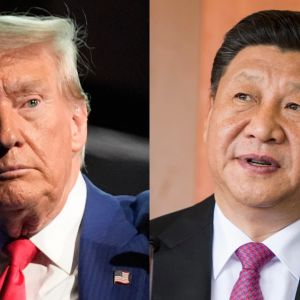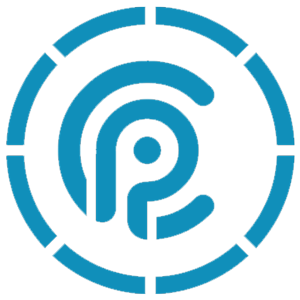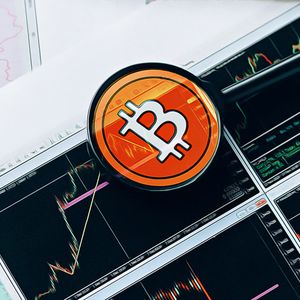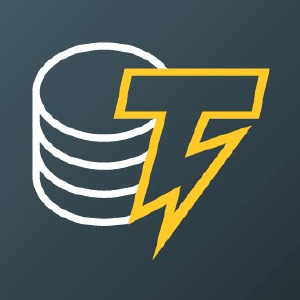China to suspend its 125% tariffs on US as central bank injects cash into the economy
3 min read
China is preparing to roll back its 125% tariffs on certain US imports, including medical equipment, ethane, and aircraft leasing, according to a report from Bloomberg, which cited anonymous sources. The decision is being discussed inside Beijing as both economic pressure and trade friction intensify. Officials involved are also allegedly reviewing a full waiver for tariffs on plane leases, as part of a wider conversation around easing restrictions. This development followed comments made on Thursday by President Donald Trump, who confirmed that members of his administration had been holding meetings with Chinese officials regarding trade. Trump made the statement during a joint press event with Norwegian Prime Minister Jonas Gahr Støre. When asked which officials were involved in the discussions, Trump replied: “It doesn’t matter who ‘they’ is. We may reveal it later, but they had meetings this morning, and we’ve been meeting with China.” PBOC ramps up liquidity with biggest cash injection since 2023 While Trump’s White House pushed trade talks forward, the People’s Bank of China responded to mounting economic stress by injecting 600 billion yuan—about $82.3 billion—into the financial system on Friday using its one-year medium-term lending facility. The move came as a direct counter to the impact of rising US tariffs , which is as high as 145%. After factoring out expiring loans, this means a net increase of 500 billion yuan for April, the highest monthly liquidity boost since December 2023. In a written statement, the central bank said the operation is meant to maintain “ample liquidity” in the system. Wang Qing, chief macro analyst at Golden Credit Rating, said the decision indicates a monetary policy that aims to stay supportive under growing trade pressure. “This is also to ensure liquidity conditions remain ample when the government’s fundraising via special government debt issuances gathers pace,” Wang said. The PBOC had already been facing growing calls for policy loosening. Investors have been demanding stronger support measures as China’s economy faces both external trade hurdles and internal funding needs. The fresh liquidity could help banks handle surging demand for cash during early May holidays and back the launch of special bonds that started this week. Last month, the central bank adjusted how the MLF rate is set. It now allows banks to submit bids at different price points instead of relying on one fixed rate. At the same time, the PBOC has stopped announcing the cost of these one-year loans altogether. These changes are part of a shift toward managing the economy through shorter-term interest rates while maintaining what officials call a “moderately loose” stance. The return of a large-scale MLF injection was unexpected. In recent months, the PBOC had been trying to reduce reliance on the tool, often replacing it with three- to six-month reverse repurchase agreements. But this April, 1.7 trillion yuan worth of reverse repos are set to mature, the largest monthly total since the tool was introduced in October. An update on how the PBOC plans to handle this month’s reverse repo operations is expected at the end of April. Ming Ming, chief economist at Citic Securities, said the MLF move may help reduce pressure from the repo maturities and delay any need for cuts to banks’ reserve requirement ratio. “While the policy significance of MLF has decreased,” Ming said, “it remains a useful tool for the PBOC to inject longer-term liquidity.” Cryptopolitan Academy: Want to grow your money in 2025? Learn how to do it with DeFi in our upcoming webclass. Save Your Spot

Source: Cryptopolitan



